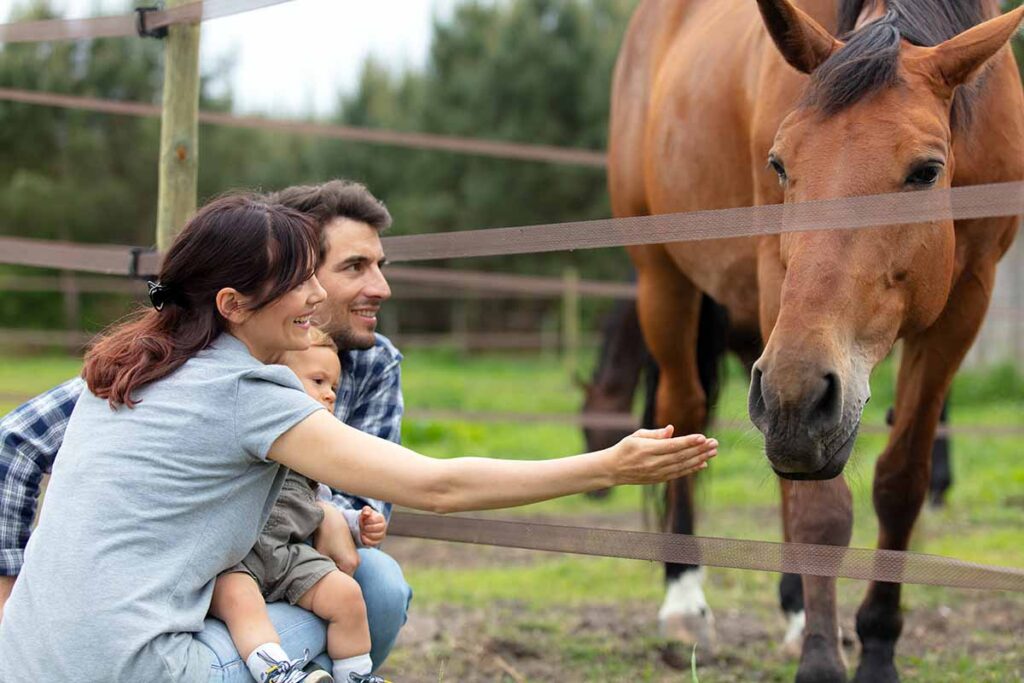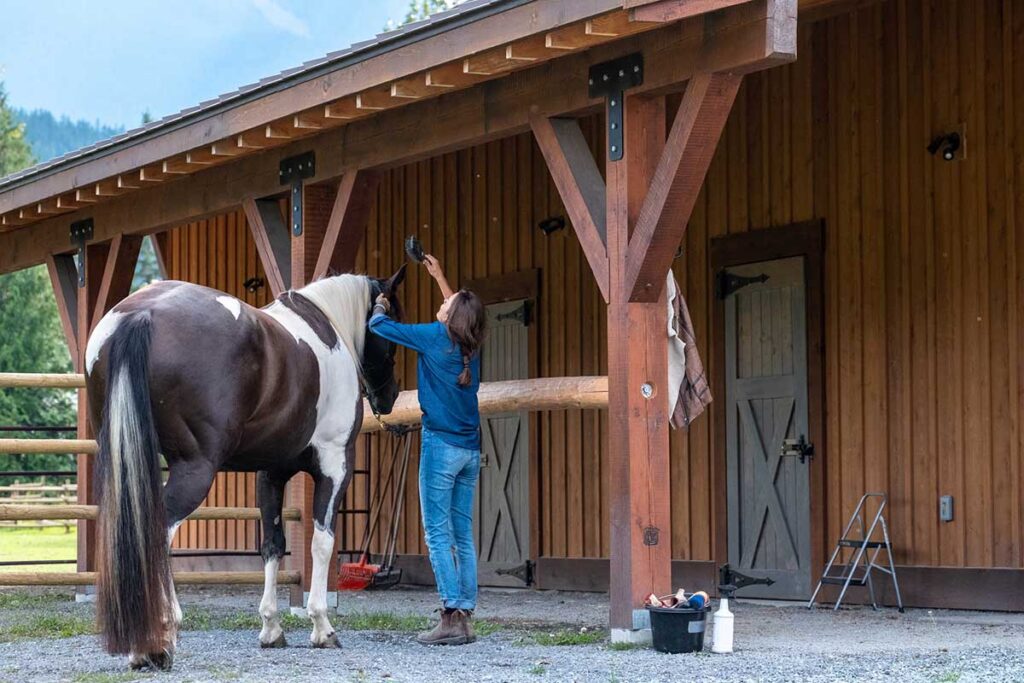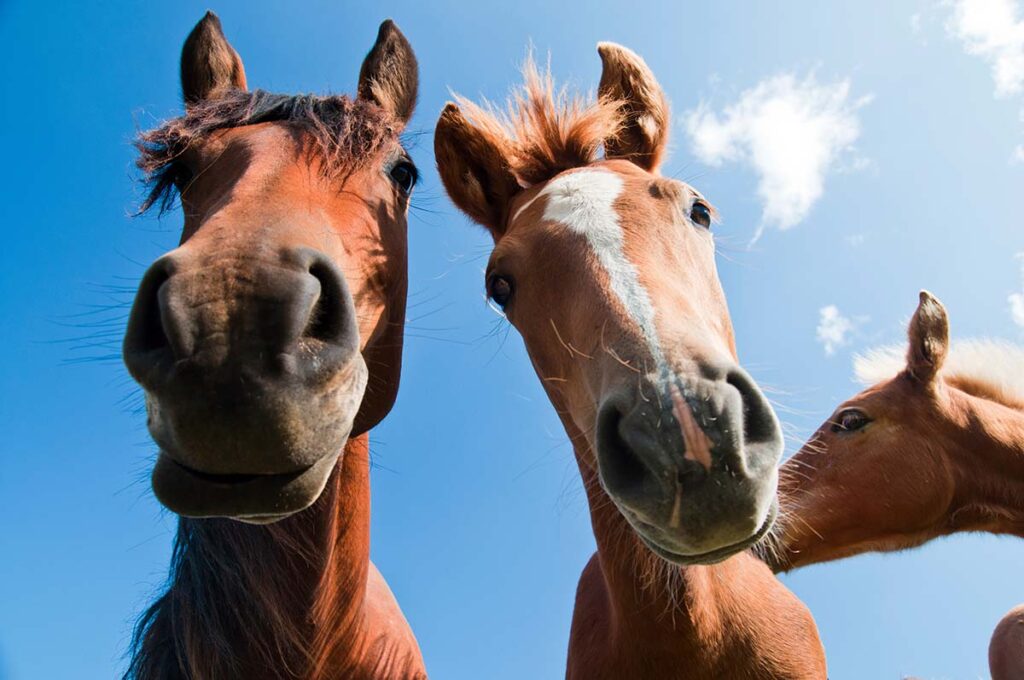Sometimes, even the best-fitted horseshoe can come loose or shift on a horse’s hoof. This can happen when horses step on the back of a front shoe with a hind foot, play a bit too rough, or paw at things they shouldn’t (among other reasons). A loose shoe can be dangerous for your horse. It can cause discomfort, lameness, and even lead to further injuries if you don’t notice and tend to it right away. In this article, we’ll explain how to identify a loose shoe, secure it, and, if necessary, remove it, you can handle a loose shoe emergency with confidence.
How To Identify a Loose Horseshoe
To identify a loose shoe, you might notice the shoe physically moving on the horse’s foot as he walks. Or, you might notice the shoe is moving as you’re picking out or cleaning your horse’s foot. If you notice your horse’s shoe is loose, first look at the clinches on the nail of the shoe. The clinch is the portion of the nail the farrier curls to form a hook and lock the shoe in place.
How To Retighten or Remove a Loose Shoe

To secure or remove a shoe, you’ll need a few tools, which you can order online or purchase from most tack or farm supply shops: clinchers and/or nippers and shoe pull-offs.
If the clinches are loose but the shoe is not moving much and is still in proper position on the hoof, then it’s possible to retighten the clinches using a hammer or hoof nail clinchers.
The proper technique when hammer-clinching down your nail is to place a firm object—preferably steel—under the head of the nail you’re resecuring to make sure you don’t pound the nail back out of the shoe. When using the clincher, make sure you don’t pull down on the clinch head.
If you find the shoe has shifted completely and is not in the correct position, then it’s best to remove it. To safely remove a shoe with shoe pullers, begin at the heel and work toward the toe, pulling down and toward the center of the toe to make sure you preserve as much hoof wall as possible.
You can also remove clinches using nippers. Place the nippers between the bent clinch and the hoof, then close the tool’s handles to cut the clinch from the hoof. Use the shoe pullers to remove the shoe in the same heel-to-toe manner.
Protect the Foot
Securing or removing a loose shoe is just a temporary fix until your horse can be seen by your primary farrier. In the meantime, pick out the hoof to remove dirt and debris. If your horse’s foot seems sensitive, you can prevent infection or hoof wall injury by applying a hoof boot or creating your own hoof bandage using gauze, self-adherent bandaging tape, and duct tape. Keep your horse stalled, if possible, until the farrier arrives.








